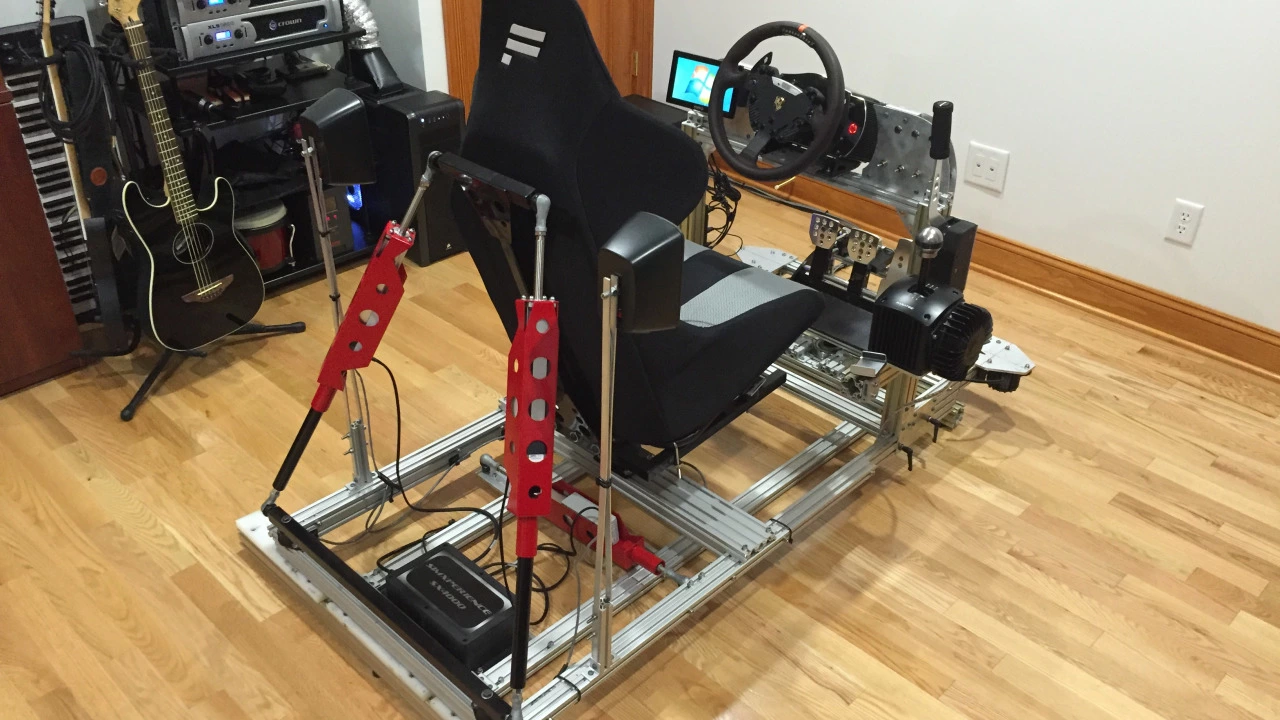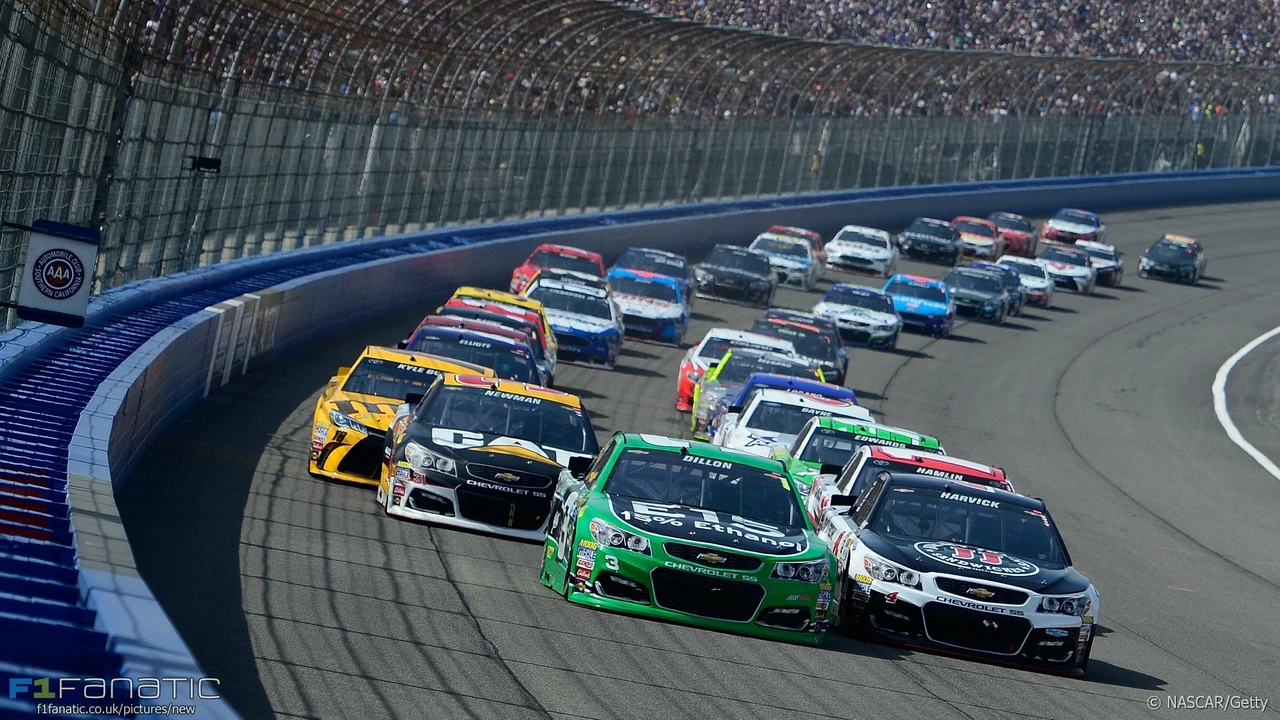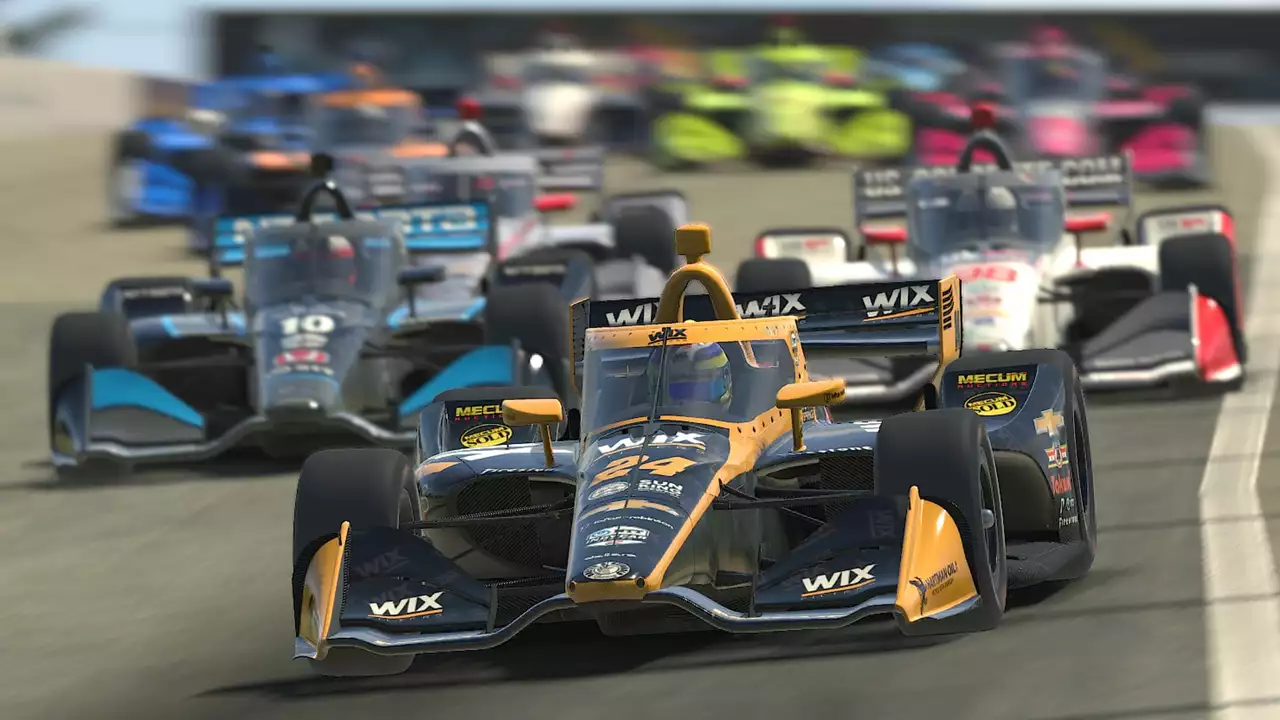July 2023 Motorsports Archive – What You Missed and Why It Matters
If you followed Speedway Motorsports Hub in July, you saw a mix of hands‑on projects, cultural deep‑dives, and practical advice for getting into the racing scene. Below is a quick rundown of each story, plus the key takeaways you can use right now.
DIY Racing Simulators: Build Your Own Track at Home
The "How to build your own racing simulator?" post broke down the whole process into three easy steps: pick a sturdy frame, choose the right wheel and pedal set, and add a few tech upgrades like haptic feedback and a triple‑monitor setup. The author stressed using affordable parts – a cheap treadmill belt can double as a motion platform, and a refurbished steering wheel from an older console works fine for beginners. The guide also listed safety tips, such as securing the rig to the floor and keeping cables tidy, so you don’t end up tripping while you’re racing the Nürburgring lap.
What’s useful here is the cost comparison. A mid‑range commercial simulator can run five figures, while a DIY version can be built for under £500 if you hunt for deals online. That means more fans can enjoy realistic racing without breaking the bank.
Racing Culture Insights: F1, MotoGP, NASCAR, IndyCar, and Street Racing
The next article asked, "Why weren't F1 and MotoGP popular in the USA?" The answer boiled down to three points: limited TV exposure, strong competition from NASCAR and IndyCar, and a lack of American stars in those series. The writer suggested that more streaming options and marketing partnerships with US networks could shift the balance. If you’re an American fan wanting to follow F1, look for official YouTube highlights and subscription services that carry live races.
Another popular piece tackled a common question: "Why are there no factory teams in NASCAR and IndyCar?" The post explained that both series purposefully limit manufacturer involvement to keep costs low and emphasize driver skill. Rules restrict how much a team can modify the engine or chassis, so independent teams can compete on a more even footing. This structure also helps smaller sponsors get a seat at the table, which fuels the diversity of the grid.
Finally, "How does one become a part of the street racing scene?" gave a realistic roadmap. First, get to know the local community by attending car meets and track days. Second, invest in safety gear – a good helmet, fire‑resistant suit, and roll cage if you take a car to a legal track. Third, respect the law: never race on public roads where it’s illegal. The article reminded readers that street racing is as much about camaraderie as speed, and building trust with other drivers is essential.
Putting these stories together, July 2023 gave readers practical DIY advice, a clearer view of why certain motorsports thrive or struggle in different markets, and a step‑by‑step look at joining a racing subculture. Whether you’re building a simulator, debating which sport to follow, or hunting for a legal place to test your car’s limits, the archive has a tip you can try today.
Keep checking the hub for more hands‑on guides, behind‑the‑scenes analysis, and community stories. The road to racing knowledge never ends, and each post adds a new gear to your understanding.



